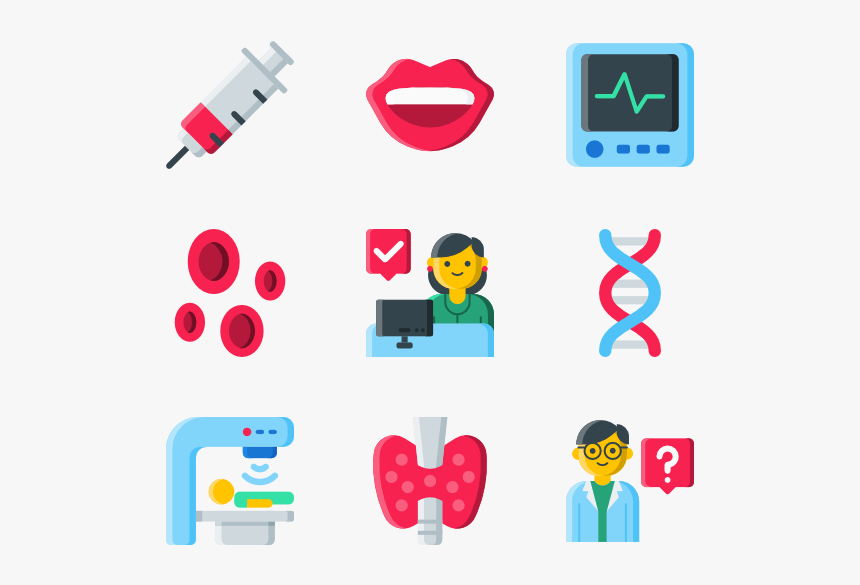Understanding the Nuances of Body Image and Body Dysmorphia
Body image concerns are prevalent in today's society, fueled by the constant barrage of idealized body types across various media platforms. This pervasive exposure can cultivate unhealthy fixations on appearance, sometimes escalating into the serious mental health condition known as body dysmorphia. This article clarifies the key distinctions between these two concepts.
Body image refers to our personal perception of our physical appearance. This perception is a complex tapestry woven from societal standards, cultural norms, personal experiences, and individual beliefs. It's a subjective experience that fluctuates over time, influenced by both external factors like feedback from others and internal factors such as mood and self-esteem. Having some level of insecurity or concern about one's appearance falls within the realm of normal human experience.
Body dysmorphia, however, transcends typical body image concerns. It's a diagnosable mental health disorder marked by an obsessive preoccupation with perceived flaws or defects in one's appearance. This preoccupation is significantly excessive and often distorts reality, leading to a deeply flawed self-image. The perceived flaws may be minor or even entirely imperceptible to others, yet they dominate the individual's thoughts and actions.
The key differentiating factor lies in the impact on daily life. While body image issues might cause occasional discomfort or self-consciousness, body dysmorphia significantly impairs social and occupational functioning. Individuals struggling with body dysmorphia may spend extensive time obsessing over perceived flaws, relentlessly seeking reassurance, or engaging in repetitive behaviors like excessive grooming or repeated cosmetic procedures. This relentless focus can negatively impact relationships, careers, and overall quality of life.
Body image is a dynamic and ever-changing aspect of self-perception. It can be positively or negatively influenced by external factors and internal emotional states. Body dysmorphia, in contrast, is a persistent and chronic condition requiring professional intervention. It's not simply a matter of low self-esteem; it's a pervasive mental health challenge demanding specialized treatment.
For those struggling with persistent body image concerns, self-compassion and actively challenging negative thoughts are crucial first steps. Remember, beauty is diverse and subjective; comparing oneself to others inevitably leads to unhappiness. Prioritizing self-care, building a strong support system, and focusing on overall well-being are vital components of managing body image concerns.
If you suspect body dysmorphia, seeking professional help from a mental health professional is paramount. A proper diagnosis allows for the development of a personalized treatment plan, often encompassing a combination of therapies and, in some cases, medication. Cognitive Behavioral Therapy (CBT) is frequently used to identify and challenge distorted thought patterns, develop healthier coping mechanisms, and gradually desensitize individuals to their feared body parts or situations.
Medication, such as selective serotonin reuptake inhibitors (SSRIs), may be prescribed to manage co-occurring anxiety or depression, common in individuals with body dysmorphia. However, medication is typically used in conjunction with therapy, not as a standalone treatment.
Supportive friends and family members play a critical role in the recovery journey. Open communication, empathy, and a willingness to learn about body dysmorphia are essential. Avoid judgment and encourage professional help. Educate yourself on the condition to provide better understanding and support.
Social media’s pervasive influence on beauty standards contributes significantly to body image issues. Consciously managing social media usage, curating feeds to feature body-positive accounts, and taking breaks can be beneficial. Remember, you control the content you consume.
It's vital to embrace the reality of diverse beauty. Promoting inclusivity and celebrating different body types fosters a more accepting and healthy societal landscape. Let’s actively challenge narrow beauty standards and celebrate individuality.
It's crucial to understand that body image concerns and body dysmorphia affect individuals of all genders, ages, and backgrounds. Contrary to common media portrayals, it's not limited to women or adolescents. Men, non-binary individuals, and older adults can also struggle with these conditions.
Recovery from body image issues and body dysmorphia is a journey, not a destination. It requires patience, perseverance, and consistent effort. Self-acceptance is a process that unfolds over time, and setbacks are a normal part of the experience.
In conclusion, differentiating body image concerns from body dysmorphia is critical for providing appropriate support and treatment. By promoting body positivity, seeking professional help when needed, and cultivating a culture of acceptance and understanding, we can collectively strive for a world where everyone feels comfortable and confident in their own skin. Let’s champion inner beauty and celebrate the unique tapestry of human diversity.
Share your thoughts and experiences. Let’s continue the conversation and work towards a more inclusive and body-positive world.



